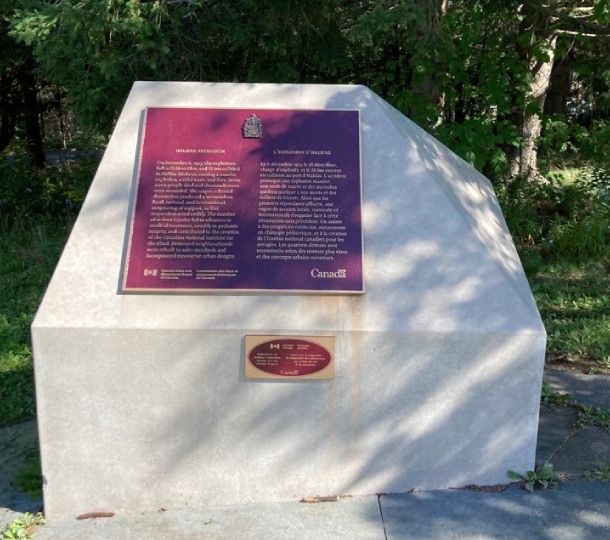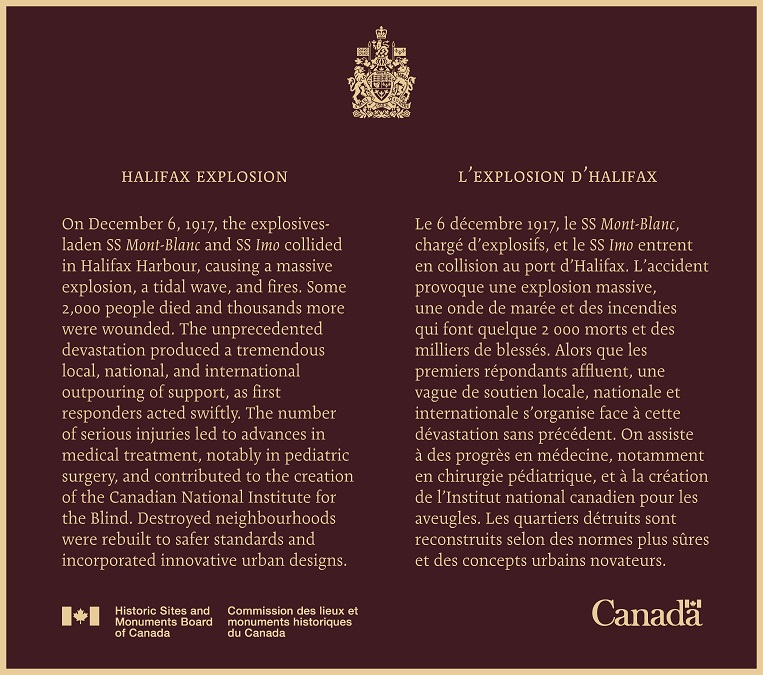Halifax Explosion National Historic Event
The Halifax Explosion was designated as a national historic event in June 2016.
Historical importance: SS Mont Blanc and SS Imo collision caused the largest man-made explosion prior to the atomic bomb. It had profound and long-lasting consequences; national and international outpouring of aid and support followed.
Commemorative plaque: Fort Needham Memorial Park, Halifax, Nova Scotia
On December 6, 1917, the explosives-laden SS Mont-Blanc and SS Imo collided in Halifax Harbour, causing a massive explosion, a tidal wave, and fires. Some 2,000 people died and thousands more were wounded. The unprecedented devastation produced a tremendous local, national, and international outpouring of support, as first responders acted swiftly. The number of serious injuries led to advances in medical treatment, notably in pediatric surgery, and contributed to the creation of the Canadian National Institute for the Blind. Destroyed neighbourhoods were rebuilt to safer standards and innovative urban designs.
The Halifax Explosion
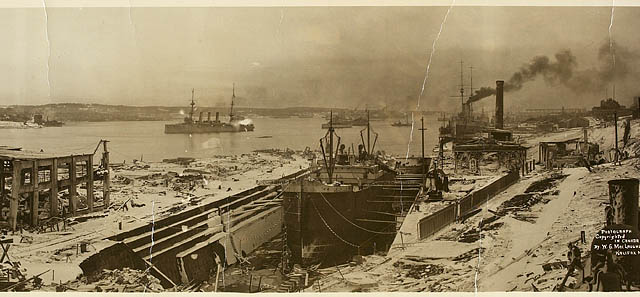
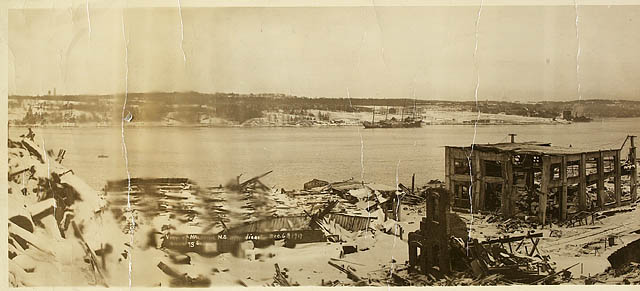
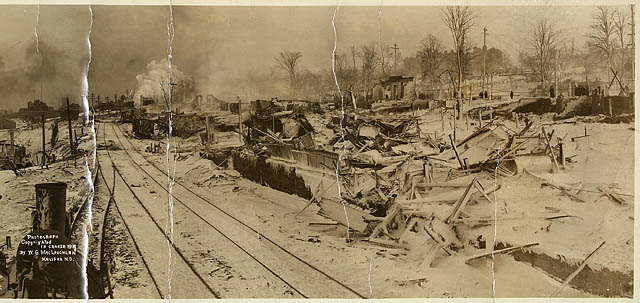
On 6 December 1917, the explosives-laden SS Mont-Blanc and SS Imo collided in Halifax Harbour, causing a massive explosion, a tidal wave, and fires. Some 2,000 people died and thousands more were injured. Destruction was widespread, with many homes destroyed or damaged. The unprecedented scale of the devastation caused a tremendous local, national, and international outpouring of aid and support, as first responders acted swiftly. The explosion had profound and long-lasting consequences. Destroyed neighbourhoods were rebuilt to safer standards, while medical treatment, social welfare, and public health saw advances and improvements.
During the First World War, Halifax was a busy port and the centre of wartime shipping for Canada. Ships from Allied and neutral countries, loaded with war supplies of food, munitions, and troops, arrived and departed from Halifax as part of convoys that crossed the Atlantic with armed warships as escorts. SS Imo was a Norwegian ship under charter to the Belgian Relief Commission. SS Mont-Blanc was a French ship laden with explosives. When they collided, a fire broke out on Mont-Blanc and its crew, fearing an immediate explosion, abandoned ship. The fire continued for 20 minutes while the ship drifted, eventually coming to rest against Pier 6. The collision and fire attracted crowds of spectators on the docks and in nearby homes and streets. Only handful of naval officers were aware of the potential danger involved.
At 9:05 am, Mont-Blanc exploded. In the nearby neighbourhood of Richmond, houses were destroyed and fires broke out. Elsewhere in the city, churches, schools, factories, docks, and ships were damaged to varying degrees. The blast caused also a massive tidal wave that crashed against the shores of the north end of Halifax and Dartmouth, causing further devastation. Many people were killed instantly, while others were trapped in collapsed buildings. Some 2,000 people died and injuries were widespread.
Rescue efforts began quickly and relief committees formed by that afternoon. Hospitals and shelters were soon filled, and crews began digging out survivors. The next day, a major snowstorm swept over the city, hampering rescue. Relief rapidly flowed in from the Maritimes, other Canadian provinces, and other countries. Slowly the city began to recover. The numerous eye injuries, primarily caused by windows shattering as people stood in their homes watching the fire, changed surgical procedures and eye care, and provided a major impetus for the formation of the Canadian National Institute for the Blind. The treatment of burn victims, many of whom were children, similarly led to advances in pediatric surgery related to fluid and electrolyte imbalances. As well, reconstruction efforts in the working-class neighbourhood of Richmond in Halifax, included the creation of the Hydrostone development, considered the first public housing project in Canada.
The National Program of Historical Commemoration relies on the participation of Canadians in the identification of places, events and persons of national historic significance. Any member of the public can nominate a topic for consideration by the Historic Sites and Monuments Board of Canada.
- Date modified :
